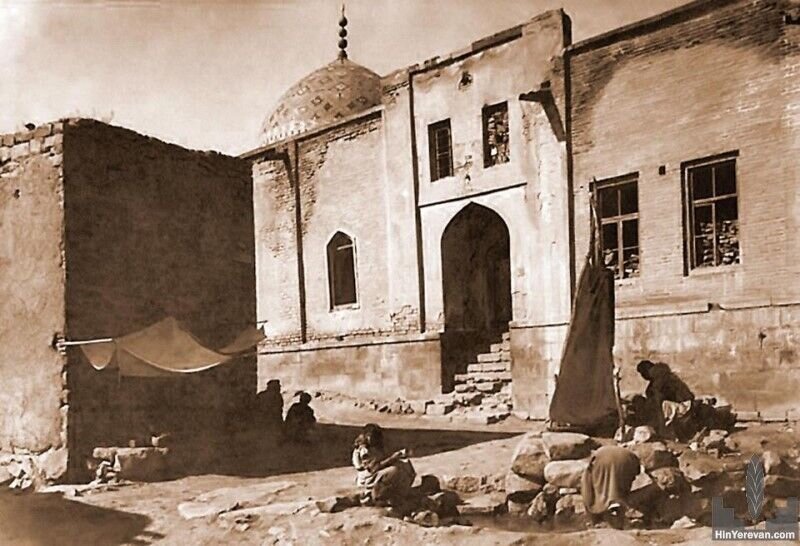Iran ready to help restore Yerevan mosque

TEHRAN – Tehran’s cultural office in Yerevan has announced readiness to help restore a mosque that Iranians constructed centuries ago in the Armenian capital.
The Qajar-era (1789-1925) Abbasqoli Khan Mosque in the Armenian capital of Yerevan is planned to undergo some rehabilitation works, IRNA reported on Tuesday.
Located in Kond, one of the oldest neighborhoods in Yerevan, the mosque was fully operational until 1840.
After the separation of Yerevan from Iran with the Treaty of Turkmenchay in 1828 and the gradual migration of mostly Azari-speaking Iranians from it, this mosque gradually lost its use.
The mosque was later converted into the residence of several families — up to 15 families at one time — following the Armenian massacre and mass migration of Armenians to Armenia.
As a result of lack of maintenance and residential use, this structure has changed from one of the old mosques of Yerevan to ruin with few signs of a mosque in its current state.
A few remnants of the mosque were also destroyed by earthquakes in 1988 and 1997.
Now, to host a three-day festival in the area and attract visitors, the Armenian tourism authorities decided to restore the mosque.
With the cooperation of the Yerevan Municipality and the Goethe Institute in Armenia, the mosque is planned to be renovated.
Also known as Thapha Bashi Mosque or Kond mosque, the historical structure with two small and big domes is one of the largest of the few mosques in the area.
The mosque, as well as its neighboring religious structures, had been closed by the militantly Atheist Soviet authorities, its Persian worshipers having long since left. It was converted into housing for refugees from World War I. Their descendants are often still living within the structure.
Even as a ruin, this building is impressive. It boasts some of the best architectural and design elements Persian-style mosques are known for. Some of the frescoes have survived the ages intact.
Kond is known as one of Yerevan’s oldest continuously inhabited neighborhoods. Despite its strong Armenian character, however, its central square contains a cluster of non-operating mosques dating back to the 17th and 18th centuries.
ABU/AM
